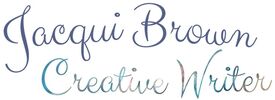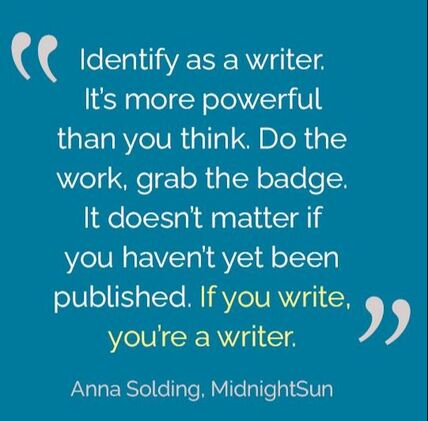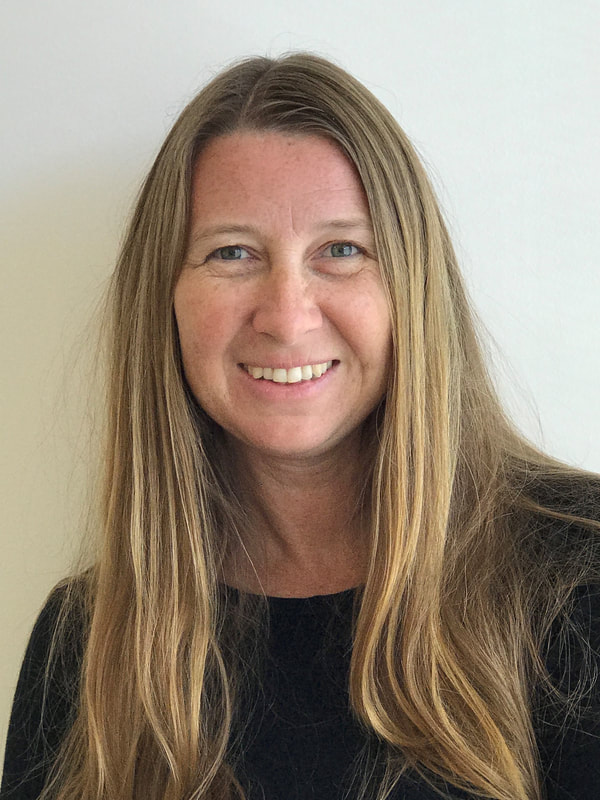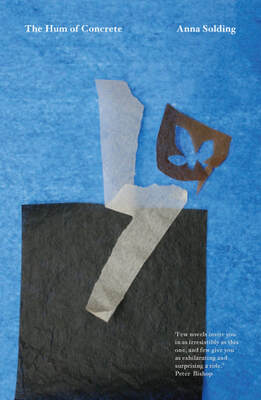|
As exciting new small publishers open up in Australia it brings more opportunities for aspiring writers. I'm delighted to chat with Anna Solding from MidnightSun Publishers about life as a publisher, what a workday involves, and how she feels discovering new authors! Hi Anna, can you tell us how Midnight Sun began? After I finished my degree and had been shopping my PhD (in creative writing) novel around for a while, getting lovely comments but no offers, a good friend of mine who is an entrepreneur suggested that we start a publishing company. So we did. He helped getting the structure right to begin with, but the company is mine and I am the sole director. Why the name MidnightSun? We had a fun brain storming session to come up with a name. MidnightSun isn’t just a beautiful name but also reflects my Swedish background. I still love the design of our logo, with a sliver of the moon inside the sun. I read that you started MidnightSun after disenchantment with established publishing houses in Australia. Could you tell me more? Because my manuscript had been shortlisted for, but not won, three unpublished manuscript awards I had begun feeling like publication might never happen. The book was too different, had too many main characters, was set in Sweden and constructed as a ‘novel constellation’ (a novel of connected short stories). It was all about women, motherhood and the connections between strangers. In a way, The Hum of Concrete, as it was eventually called, is also a love song to the city of Malmö in Sweden, where I grew up.
So MidnightSun grew from my own desire to get my work published to something much larger: a publisher concentrating on stories that other publishers might find hard to market, books that straddle more than one genre, short story collections, picture books that take children seriously and often first projects by unknown authors and illustrators. Now we welcome the disenchanted. What does your typical workday look like? Reading is still one of my favourite parts of the job but there is a lot less of that than you might expect. Most days I spend in front of the computer replying to emails about design, distribution, editing and sales. And I have come to love this aspect of my publishing job too. Coming up with ideas for covers and seeing how my designer Kim has interpreted them is a huge thrill. Sometimes she designs thirty covers for a book and so many of them are amazing. Have you always wanted to be a writer and publisher? From a very young age I loved reading and writing. There was no better way to spend the day than being immersed in a wonderful book. Fairly soon I was expanding on the stories I read (sequel to The Narnia series, anyone?) as well as making up my own. One of my teachers was especially encouraging, making writing as a profession seem possible and I’ll be eternally grateful to her.
Aspiring writers (and the general public) often think that contracts with a big publishing house means success. Could you comment on that? Well, I think success is different for everyone. Bigger publishing houses often have the means to pay bigger advances, so in a monetary sense it could be seen as a success. However, many writers find that they themselves and their books get lost in a bigger house and therefore prefer the individually tailored experience that being published by a smaller house provides. Big publishing houses often say they only have room for a certain number of books. Why is that? I suspect that bigger publishers have to publish a certain number of books each year to meet their targets, but we don’t have that stress. I think the bigger publishers are often inclined to publish work they aren’t passionate about but that fits into their schedule. So if you have two books that are equally good, but only room for one, which one do you choose? The beauty of running my own publishing house and only publishing books that I love is that I have complete artistic freedom. I don’t have to choose just one if I have two books that are equally good. In fact, I have just chosen to accept two picture books on a fairly unusual Australian theme. The trick is to make sure the illustrations still look very different and that they aren’t published around the same time. What’s the most exciting part of discovering a new author? I love finding new voices, especially diverse voices that tell stories we have never heard before. It gives me great satisfaction to give new authors their first chance of publication, which is why we have also published a couple of short story anthologies.
For many writers having a story in a themed collection or winning a short story competition can be the beginning of their career. One of the most exciting things is ringing a new writer to offer them publication. It’s a moment of genuine joy and excitement for both of us. Where do you see MidnightSun’s role in the Australian market in the future? MidnightSun is highly regarded in the industry for the quality of our books: from the stories to the design and the printing quality. I hope we can keep producing beautiful, highly acclaimed, award-winning books for many years to come. I would be lying if I said that sales don’t matter. Of course it would also be wonderful to find a bestseller or two in the slush pile. Over the next few years, we are also planning to expand our overseas reach and I would love for more of our books to reach readers around the world. What is your personal best advice for new writers? Read, read, read. And then read some more. I know that this is common advice but it’s essential to be familiar with the kinds of books you love and get to understand why you love them. Is it because of the writer’s special turn of phrase or the way they leave you with a cliff hanger at the end of every chapter?
Write, write, write. And then write some more. My PhD supervisor had a sign on her door saying: ‘Thinking about writing or talking about writing or worrying about writing is not writing’. As a procrastinator, that really hit home for me. You actually have to put words on the page to be able to edit them. This and other excellent advice can be found in Roland Fishman’s cute little book Creative Wisdom For Writers. Sharing your writing with your peers is also invaluable. Join a writers’ group, take courses at writers’ centres. Be open to criticism and reciprocate the feedback if possible. Send your work off to magazines, anthologies, competitions. Join online writing groups. Be supportive of other’s successes so that they can one day be supportive of yours. Do a spreadsheet so you know where all your work is being considered. Send many stories out at the same time so that good news could always come your way. Develop a thick skin so rejections hurt less. As soon as you’ve had a rejection, send your work out again. Identify as a writer. It’s more powerful than you think. Do the work, grab the badge. It doesn’t matter if you haven’t yet been published. If you write, you’re a writer. Anything else you would like to add! Thank you so much for your interest in MidnightSun. It’s thanks to readers like you that small publishers like MidnightSun can thrive in the competitive Australian publishing landscape. You can follow us on social media to see what we are up to. Thank you Anna! Find out more at MidnightSun Publishing's website. This article was first published in the Spring/Summer 2020 issue of Women's Ink!
0 Comments
Your comment will be posted after it is approved.
Leave a Reply. |
Read more...
All
By Month |




 RSS Feed
RSS Feed

